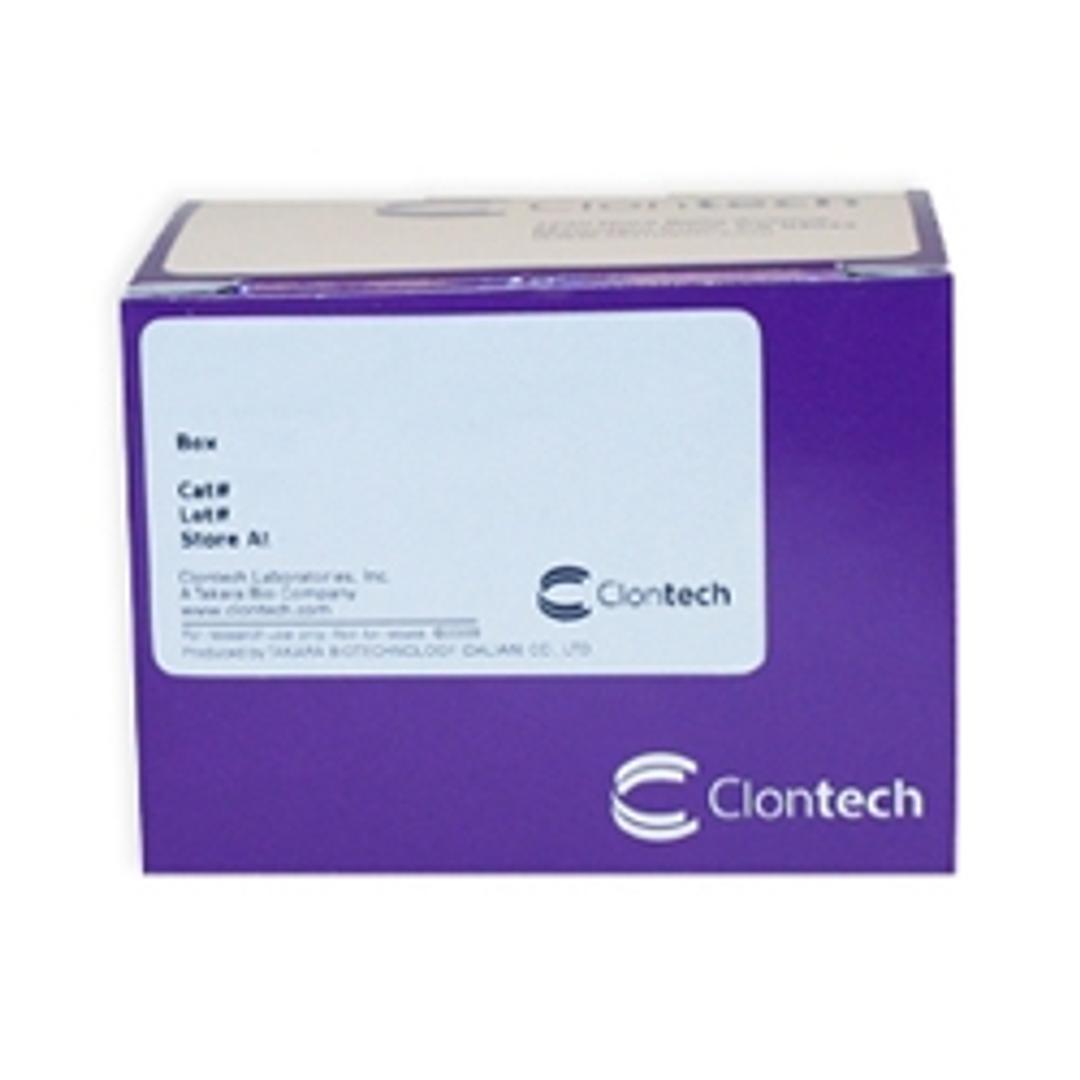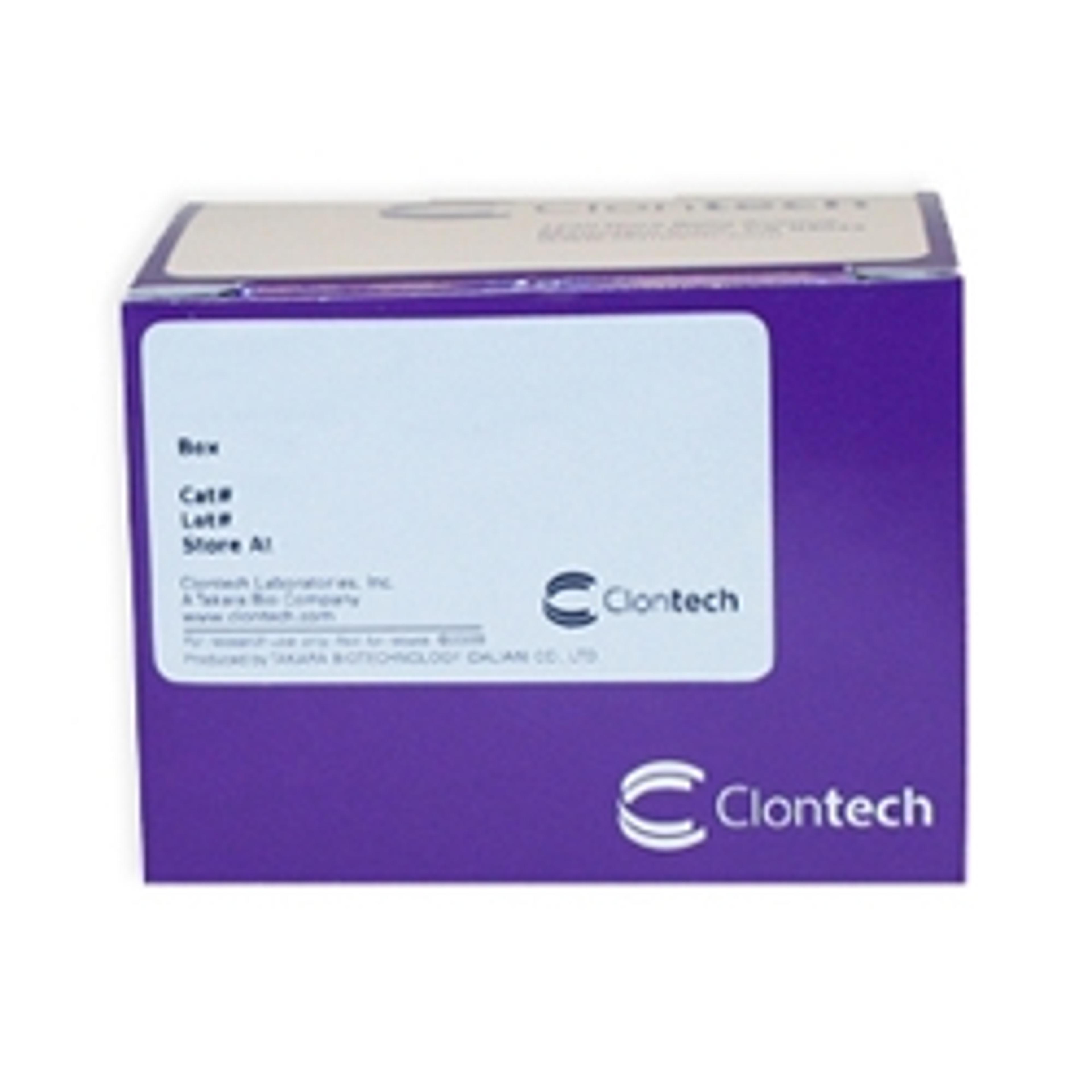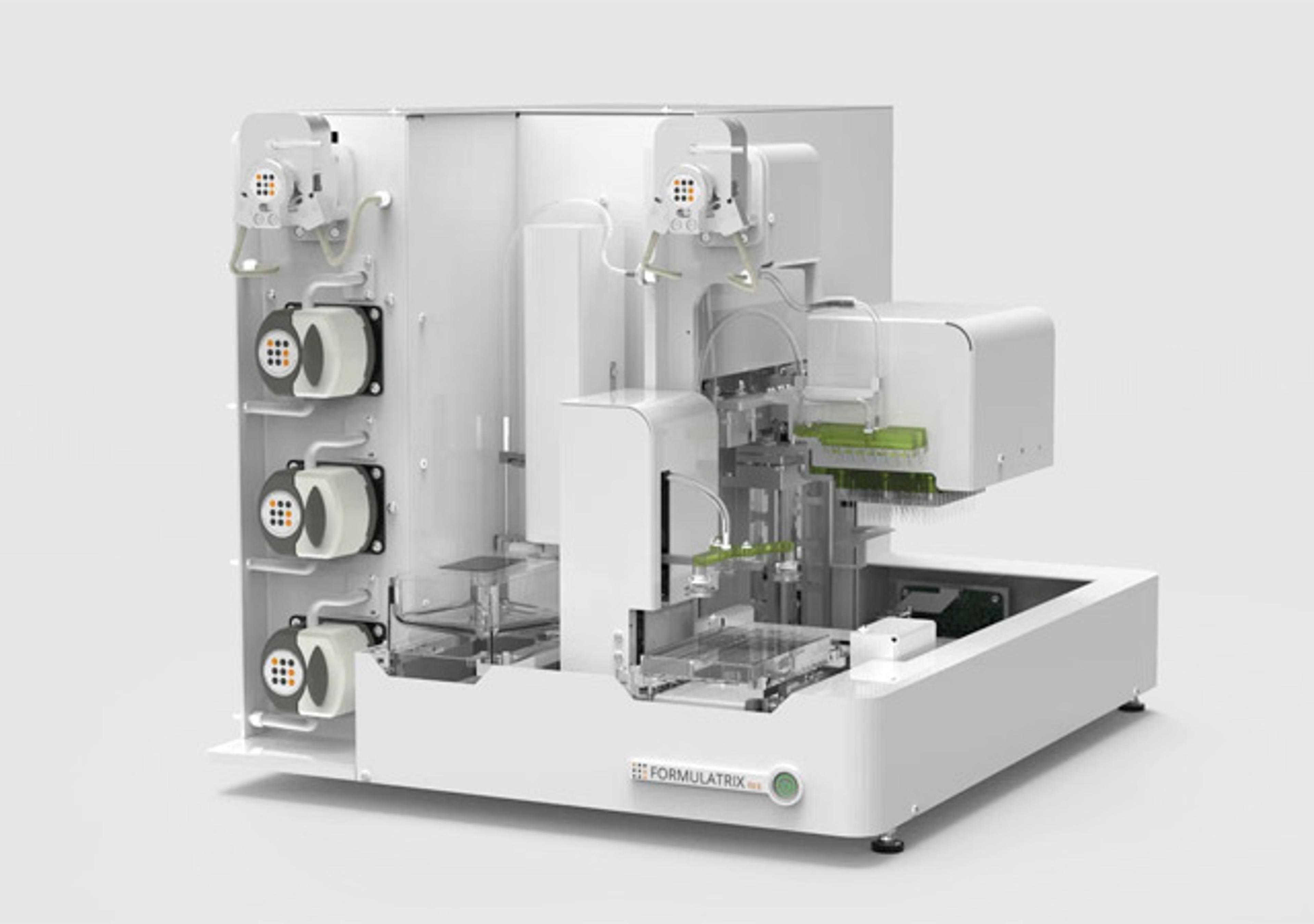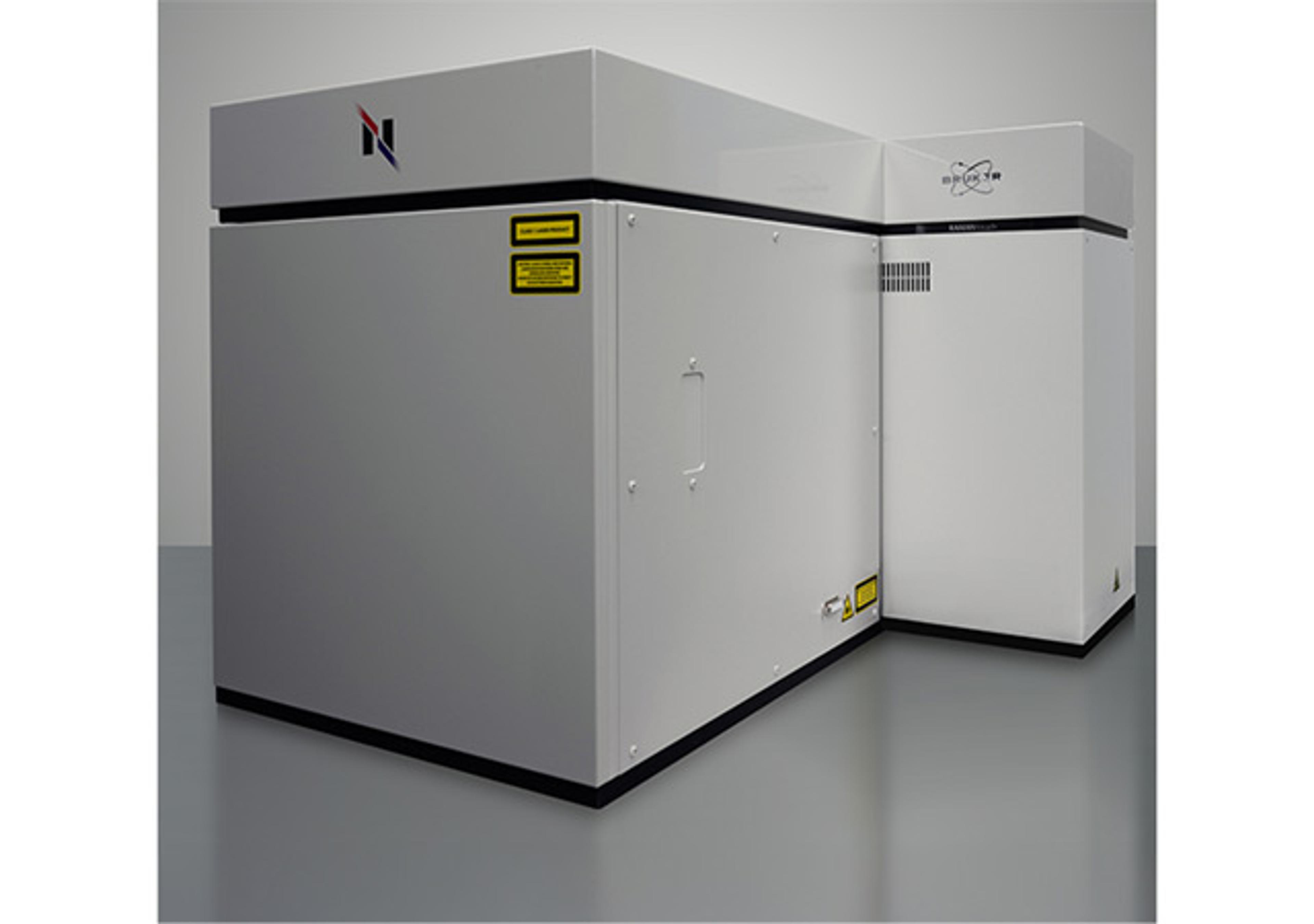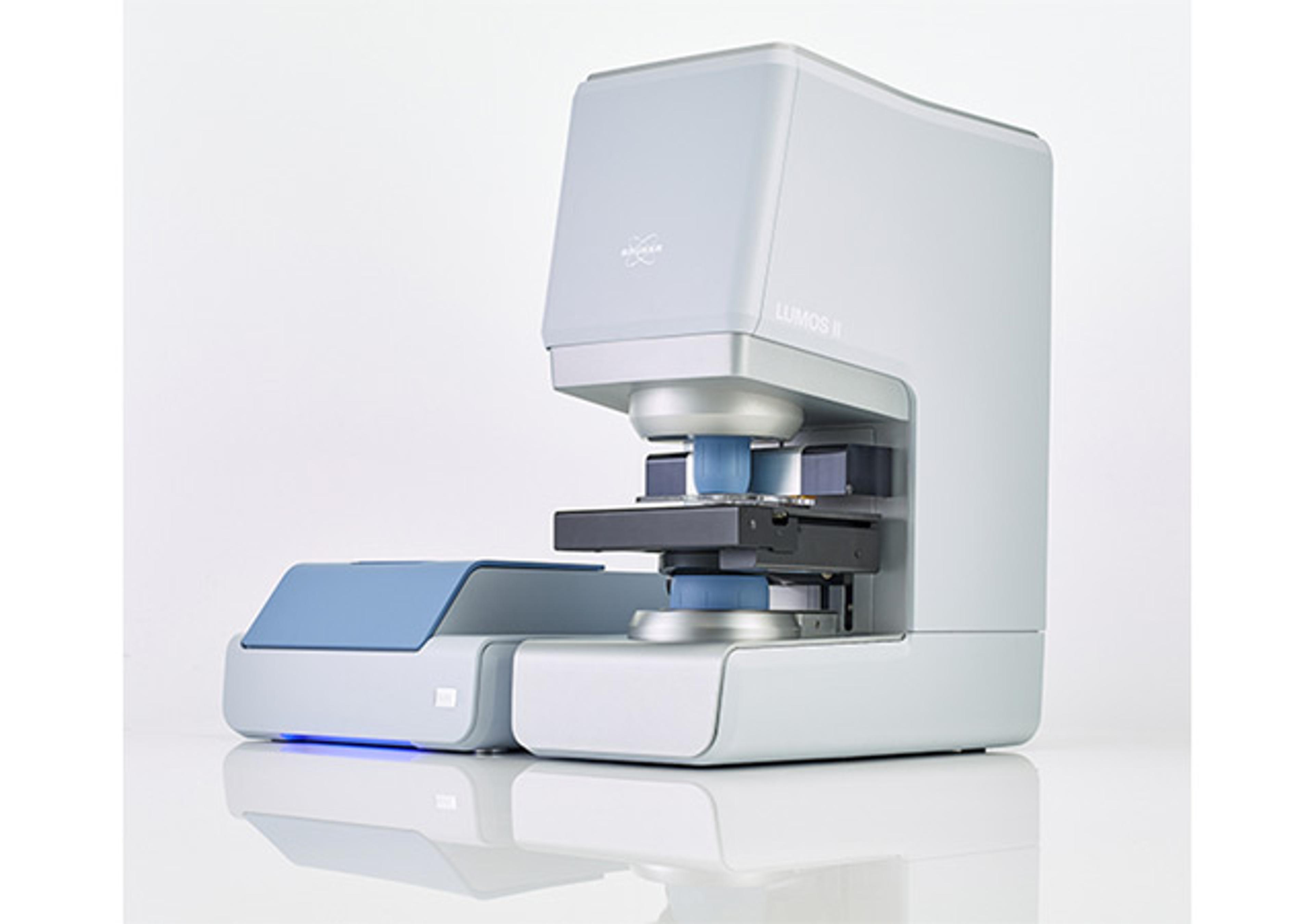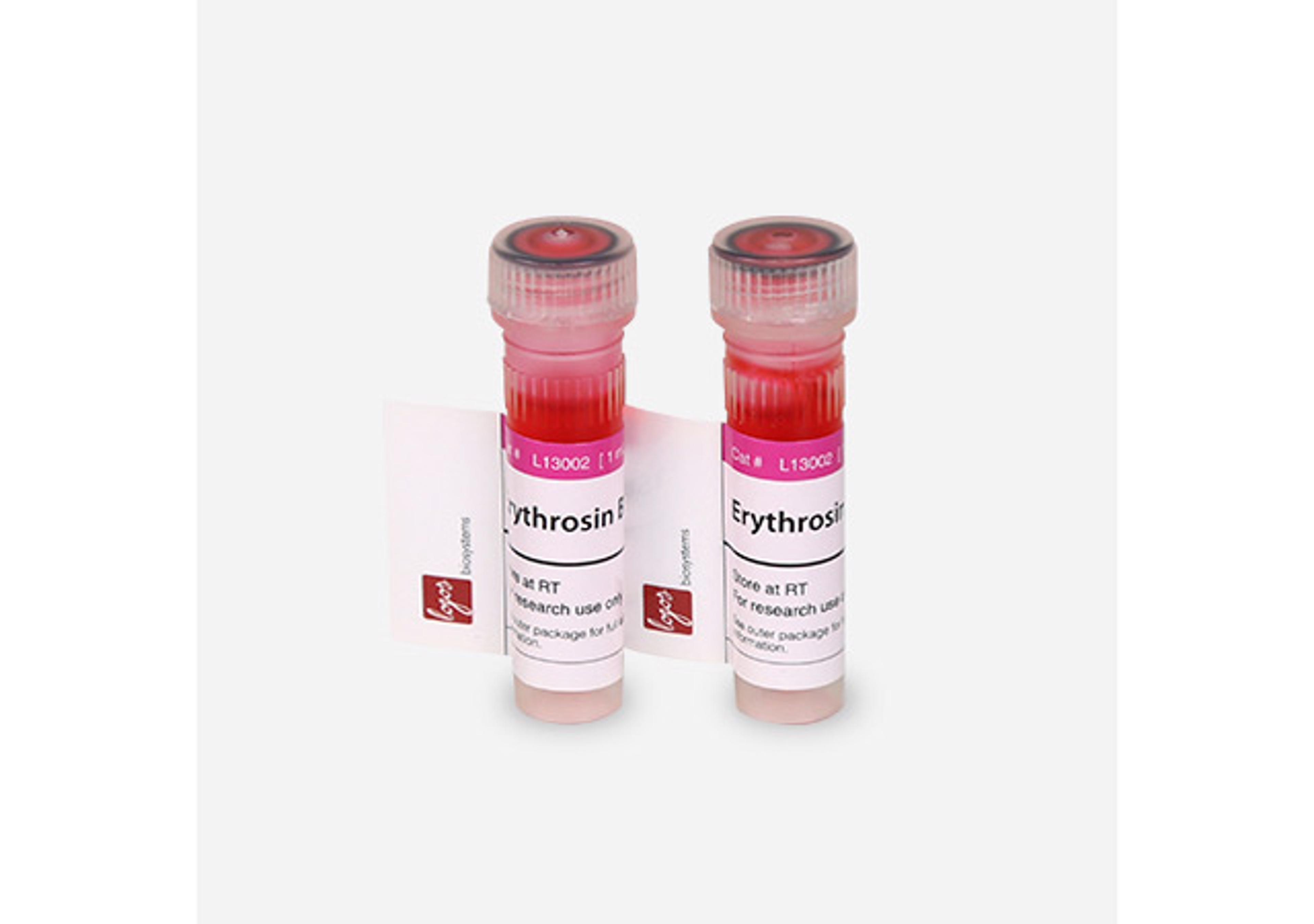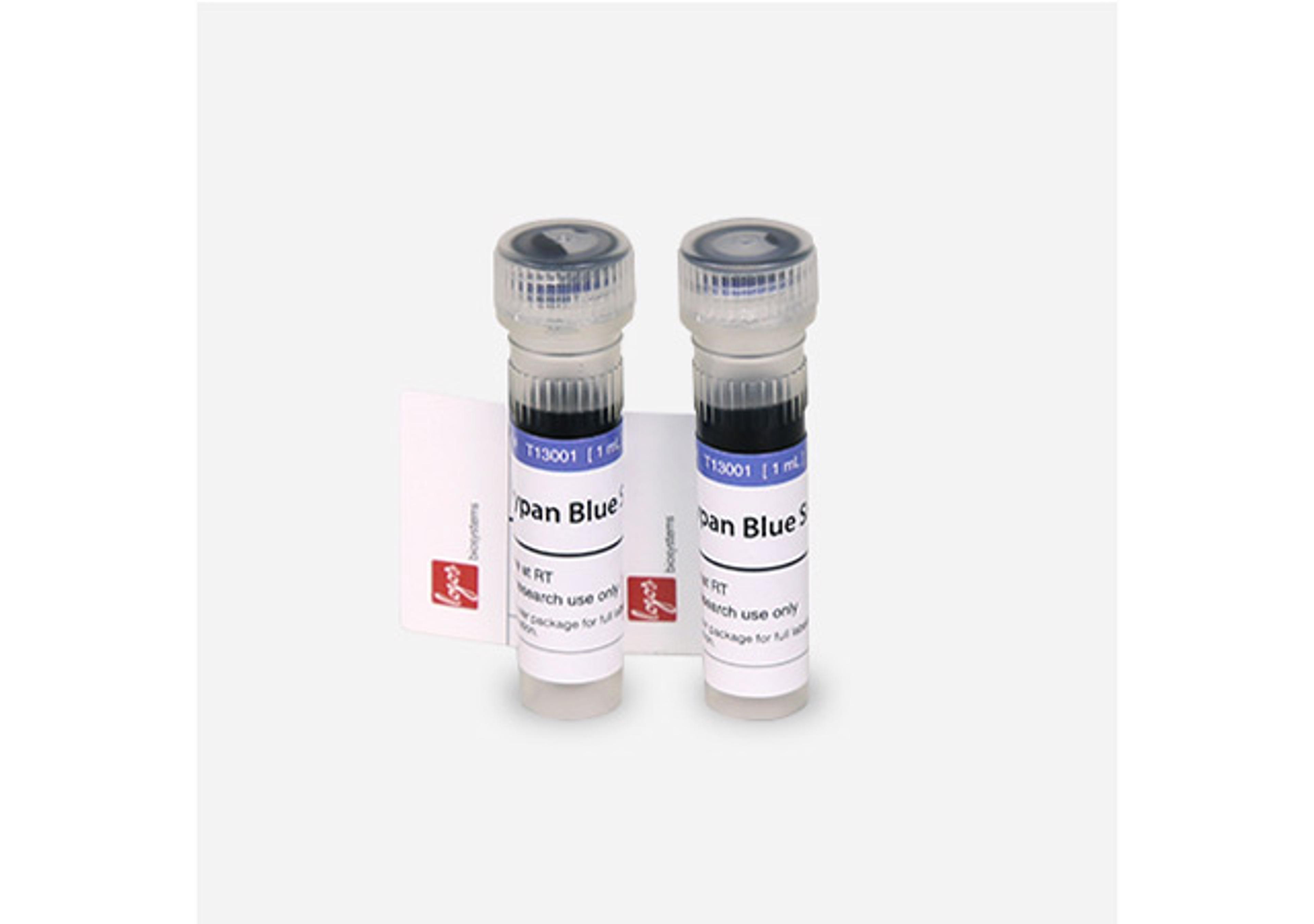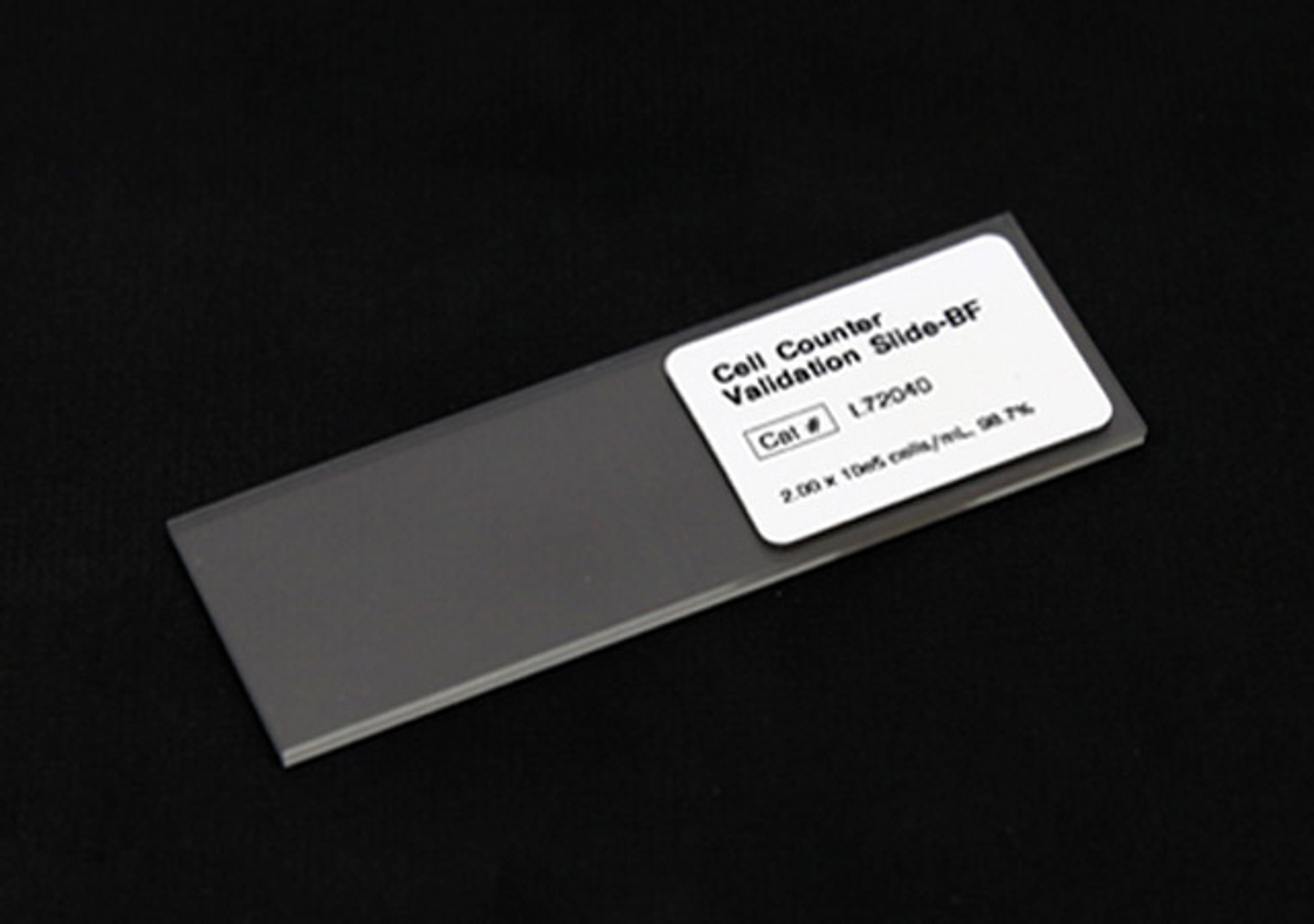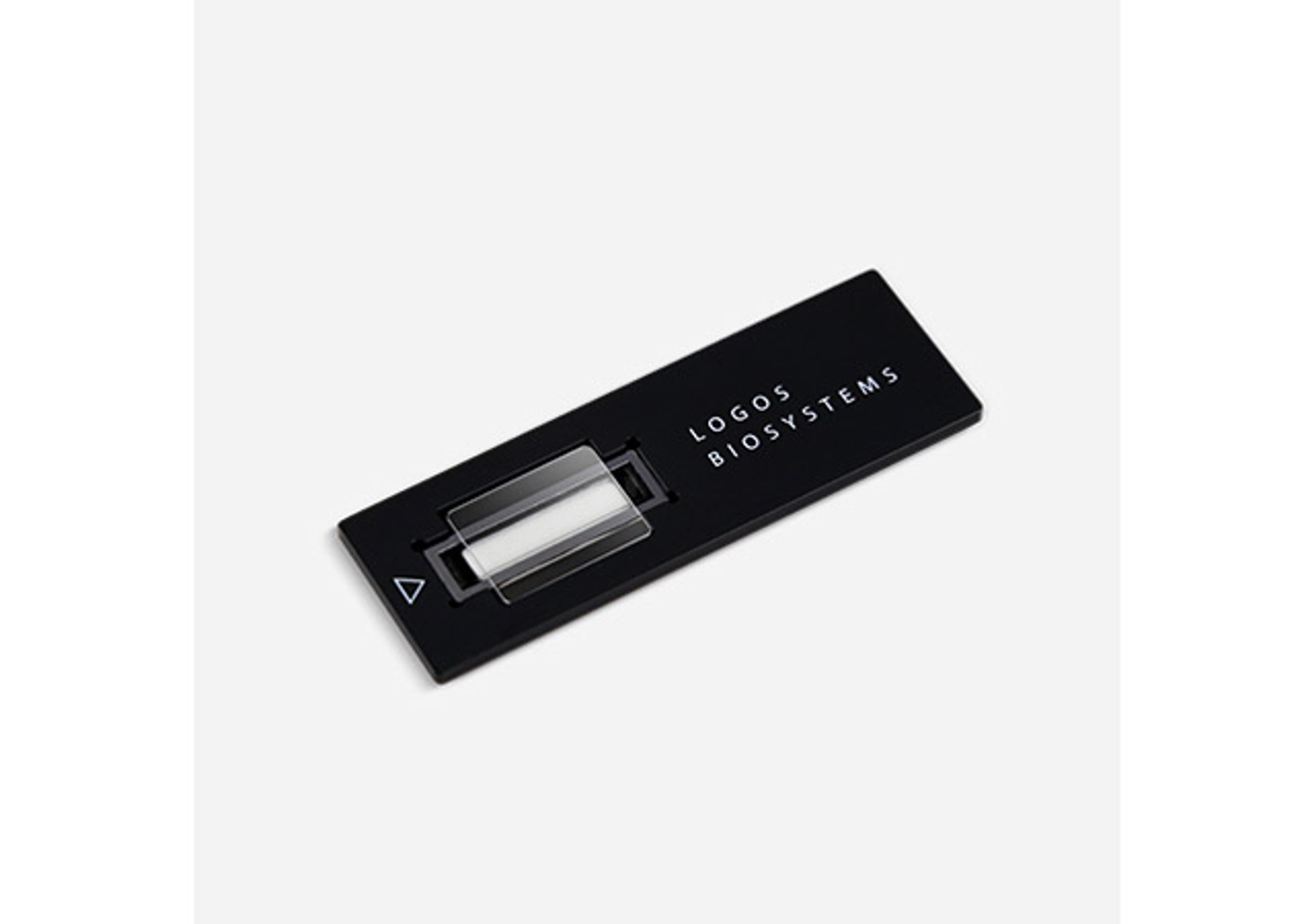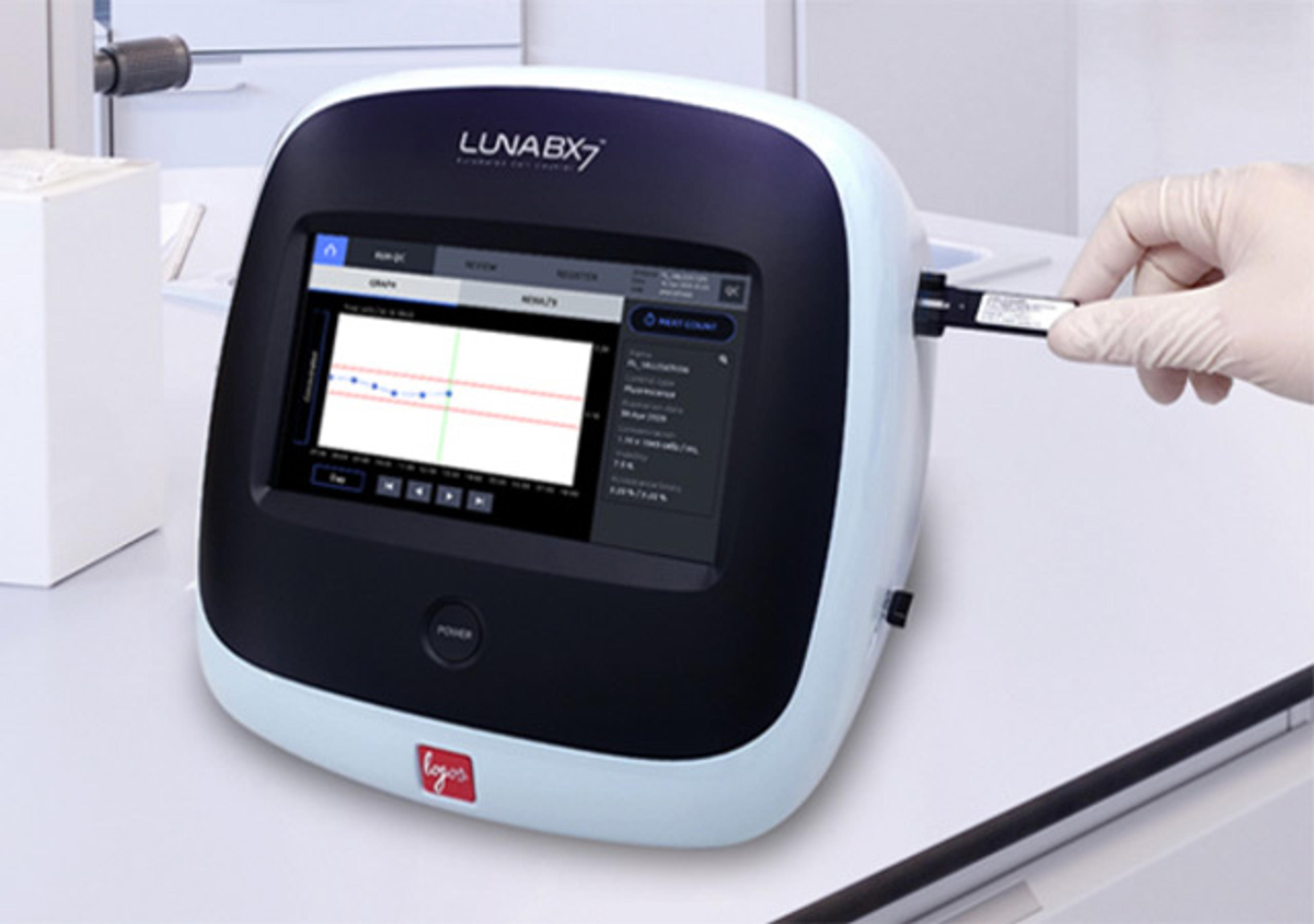Yeast Two-Hybrid Systems
More than 18,000 studies have been published citing the use of the yeast two-hybrid system to investigate protein-protein interactions, and Clontech’s Matchmaker™ Systems have been by far the most popular. Matchmaker™ Gold Systems are the highest performing incarnations of our Matchmaker product line, due to a combination of a new yeast strain (Y2HGold), stringent reporters, easy to use libraries, high-level expression vectors…

The supplier does not provide quotations for this product through SelectScience. You can search for similar products in our Product Directory.
Good but watch out for extra kits NOT included but needed!
Assessment of protein-protein interactions
Relatively straightforward protocol, yeast can be finicky but that's not new- one frustrating point is that there are various kits not contained here that you need- PCR, Insert verification etc. These should REALLY be in there. If I'm buying a >$1000 kit, I don't want to spend another $500 on stuff I need to run this experiment, but wasn't included.
Review Date: 23 Sept 2022 | Takara Bio
More than 18,000 studies have been published citing the use of the yeast two-hybrid system to investigate protein-protein interactions, and Clontech’s Matchmaker™ Systems have been by far the most popular.
Matchmaker™ Gold Systems are the highest performing incarnations of our Matchmaker product line, due to a combination of a new yeast strain (Y2HGold), stringent reporters, easy to use libraries, high-level expression vectors, and SMART™-based library construction kits.
In a Matchmaker GAL4-based two-hybrid assay, a bait protein is expressed as a fusion to the GAL4 DNA-binding domain (DNA-BD), while libraries of prey proteins are expressed as fusions to the GAL4 activation domain (AD; Fields & Song, 1989; Chien et al., 1991). When bait and library (prey) fusion proteins interact, the DNA-BD and AD are brought into proximity to activate transcription of four independent reporter genes (AUR1-C, ADE2, HIS3, and MEL1).
This technology can be used to:
•Identify novel protein interactions
•Confirm suspected interactions
•Define interacting domains

